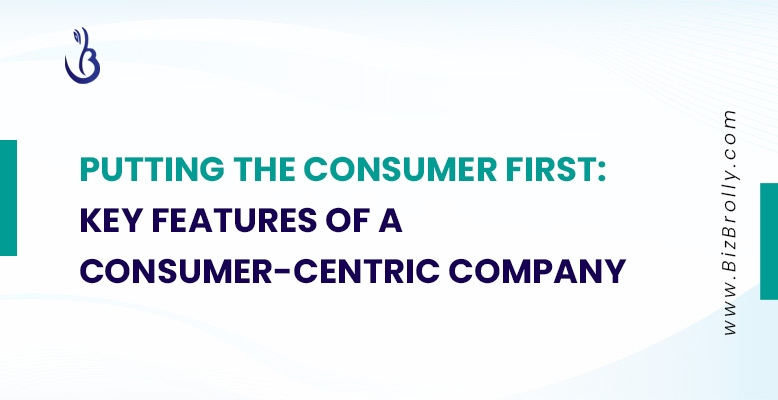
In today’s competitive business landscape, customer-centricity is crucial for the success of any company.. Such companies must prioritize customer satisfaction by understanding their needs, preferences, and pain points. A customer-centric software development company must aim to create solutions that align with their customers’ goals and business objectives, rather than just delivering software products that meet technical specifications. They gather customer feedback and use it to continuously improve their products and services, incorporating customer needs into their development process. Additionally, a customer-centric company recognizes the importance of building strong relationships with its clients, fostering open communication channels, and delivering exceptional customer service. By adopting a customer-centric approach, companies can gain a competitive edge and ensure long-term success.
What is a consumer centric company?
A company that values its customers would track customer satisfaction and use the data to make strategic choices. Tracking metrics such as customer satisfaction, net promoter score, and client value is a way that prioritizes measuring customer success. By tracking these metrics, businesses are better able to identify areas for development and base their decisions on data centered on the needs of the customer.
Here are some key features:
Understanding your customers on a deep level is the first step in developing a firm that is focused on its customers. This entails learning more about their wants, preferences, and pain spots than just general demographic data. Businesses that take the effort to genuinely comprehend their clients are better able to offer specialised solutions. Using data analytics to acquire insight into consumer behaviour and trends is one way to do this.
Customer experience (CX) is the whole of a customer’s interactions with a business. Customer-centric businesses prioritize the customer experience (CX) and optimize every touchpoint for maximum impact. They plan every touchpoint, including the website, social media platforms, and in-person encounters, to give customers a seamless and delightful experience. This entails spending on technology, educating staff, and offering customised solutions.
Customer feedback is actively sought after by customer-centric businesses, which then use it to enhance their goods and services. In order to do this, a reliable system must be in place for gathering, evaluating, and acting on client input. Businesses that prioritize customer input highly equip themselves to pinpoint opportunities for development and make strategic decisions that take into account the needs of their customers.
One key component of building a customer-centric business is empowering employees. Employees should have the resources, tools, and training needed to deliver outstanding customer service. Because they are the ones that interact with customers first. This entails making investments in the training of staff, developing a culture of customer service, and ensuring that workers have the freedom to make choices that are in the best interests of the client.
Customers increasingly demand individualised services that cater to their particular demands. A business that values its customers is aware of this and uses data analytics to offer tailored solutions. This can include specialised customer service options, personalised product suggestions, and personalised marketing efforts.
A company that prioritises its customers is agile and adaptable, allowing it to react swiftly to shifting consumer demands and market trends. This entails being receptive to fresh perspectives, welcoming innovation, and prepared to change course as necessary. Agile and adaptable businesses are better able to stay one step ahead of the competition and offer solutions that address the changing needs of their clients.
Customer retention is given top priority by customer-centric businesses, and they take proactive measures to do so. It is necessary to build solid bonds with clients, provide rewards and loyalty programmes, and engage them continuously. Companies that value customer loyalty are better equipped to keep their customer base consistent and gain from recurring business.
So a company that values its customers measures customer success and uses the information to guide strategic decisions. In this process, businesses track metrics such as customer happiness, net promoter score, and client lifetime value to evaluate customer success. Tracking these metrics enables businesses to prioritize evaluating customer satisfaction and use the data to make customer-centric decisions and identify areas for improvement.
In conclusion, the greatest way to communicate with users and maintain a customer-focused organisational culture is through customer centric structures. Placing the client at the center of the process improves the sale of goods or services developed. The significance of integrating customer centricity into your business operations is apparent. The best customer centricity examples are loyalty, a better client centric approach, fantastic customer relationship management, etc. Focus on them and implement customer-centric service in your 2023 projects by creating top-notch products & providing top-notch services to the people. Please feel free to contact us if your business needs assistance digitising or IT consultancy.